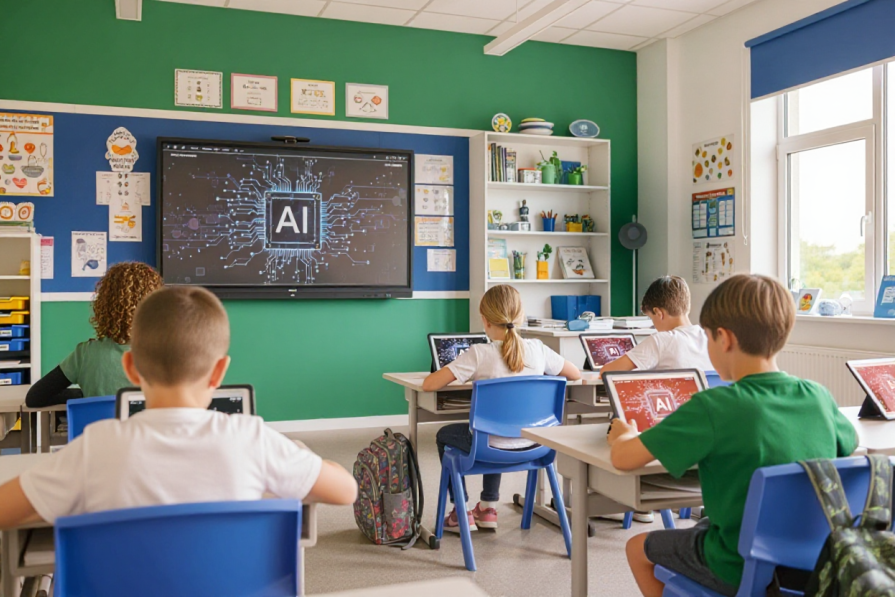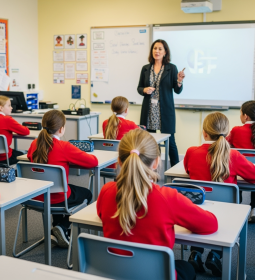Noticeable changes will soon begin to take place in the American education system: President Donald Trump signed an executive order that enshrines the introduction of artificial intelligence into the school curriculum at the federal level. We are talking not only about high school or specialized clubs, but also about kindergartens, so now preparation in the basics of working with AI will become mandatory almost from the very beginning of the school journey.

Who will be responsible for integrating AI into schools
In order for this process not to turn into a formality, but to really become part of the system, a special task force has been created, which includes the heads of several departments at once: from the Ministry of Education to the Ministry of Energy. The National Science Foundation will also be involved in the work, and the director of the White House Office of Science and Technology Policy will lead this group. It is this team that will coordinate all stages of implementation. Their task is not only to approve a common strategy, but also to establish cooperation with universities, large companies, and other organizations that are already working with artificial intelligence and have experience in teaching this topic. The goal is to create accessible online resources and programs for schoolchildren that will teach them not only the basics of AI, but also help develop critical thinking.
What changes await high school students?
Special attention will be paid to high school. The Ministry of Labor, together with the Ministry of Education and the National Science Foundation, has been instructed to organize courses on AI: schoolchildren will be able to take them and receive official certificates that will be useful to them in the future - for example, when entering universities or looking for a job.
This is also a new challenge for universities and scientific organizations. The National Science Foundation will be engaged in research on how AI technologies can be used in the learning process and how they can really help.
What will change for teachers?
In addition to schoolchildren, the changes will also affect teachers. The decree obliges the Ministry of Education to review the distribution of grants within four months - the priority will be programs that prepare teachers to work with AI. It's not just about teachers being able to explain the basics of technology in the classroom, but also about using artificial intelligence to simplify administrative work. This can be automating task checks, creating schedules, or preparing teaching materials.
Previously, some American states have already launched professional programs to prepare teachers to work with generative AI, but now this will become a federal initiative.

Why is the U.S. rushing to reform?
The signing of this decree comes amid growing concern about the pace of technology development abroad. Especially in the United States, China's education policy is being closely monitored, where back in December 2024, the Ministry of Education recommended the inclusion of artificial intelligence in the compulsory school curriculum. Following them, similar plans were announced in Israel, the first AI manuals for students in grades 5-9 have already been developed, although they are still used in extracurricular activities.
The American authorities clearly do not want to stand aside. The introduction of AI in the educational process is not just a fashionable trend, but a necessary step to prepare a new generation of specialists who will be able to work with modern technologies.
What this means for the education system as a whole
If the initiative can be implemented as intended, it will seriously change school education in the United States. Artificial intelligence will not become a separate subject or elective, but part of all disciplines. Children will begin to study AI from an early age, and by the time they graduate from school, they will not just be technology users, but people who understand their structure and limitations. So the school itself will become a space where new technologies do not frighten, but help.
Of course, there is a difficult work ahead: from preparing teachers to creating textbooks and online courses. But judging by the pace at which the United States has taken up the matter, this reform promises to be noticeable both for the students themselves and for the entire educational system of the country.












